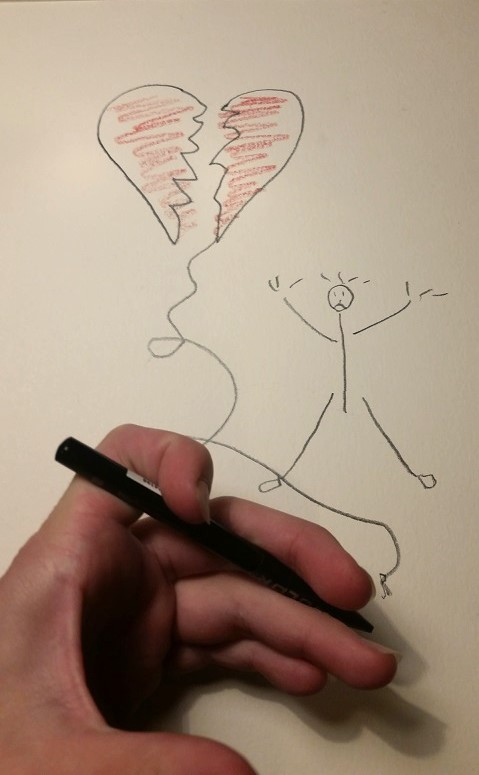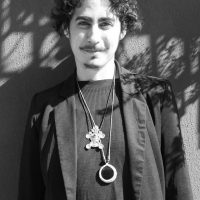When asked why they can’t draw a picture of something accurately, the most common answer is this single sentence: “I don’t have talent.”
In a simple inversion, when acquaintances view my artistic works, they remark at “How talented!” I am.
I always cringe and let them know this is a result of passion, dedication, and work, and not merely a gift dropped from the sky. Well, in a way it is a gift, but one that must be risen to with all reasonable efforts.
I’m bothered by the fact that most people believe that they are restricted to the stick figures and fluffy cartoon clouds that drift through their minds.
Do you want to know why people really can’t draw? They consign themselves to these stick figures.
Let me explain:
We have a strong idea of what things look like, but it isn’t accurate at all. It’s an amalgamation and simplification of what we believe to be the most important and inherent qualities of each thing, that when scribbled on paper, approximate a cartoony and almost proto-linguistic cave painting.
I discovered this in a classroom during a pre-college course at the Parson’s School of Design.
A wild professor came around to each of our easels to remind us to look up at the model we were portraying, and not down at the paper and what we thought we knew. He never allowed us to glance at the paper for more than a solid 60 seconds.
“Look up! Look up!” He basically ran in a circle to each of us. “Look up!”
He did this incessantly, like a great genius maniac spreading his impassioned fire around.
Do you have any idea how hard it was?
In fact, quite honestly, it was scary letting go of the clingy fixation I had for staring at my paper, and there was a lot of it to release. Little by little, I got used to it, observing nuance and portraying foreshortening of limbs, an ultimate test in overcoming preconceived notions of what I thought a body looked like.
A few classes in, I became shocked at just how little I understood about what anything looked like.
It wasn’t easy—even when looking up, I could feel my notions of arm and leg resisting reality, putting up a good fight. The idea of the eye and ear interfered with the actual shapes and forms.
Eventually, I came upon a process that worked for me. Instead of drawing what was there, I drew solely what wasn’t there, relying on the shapes of negative space like slender, dark birds and unnamed polygons. Using this method, nothing could get in the way of producing this or that curve with the correct proportions. It might seem unusual and incredible, but drawing what wasn’t there has lead to my most accurate portrayals.
In a way, you can think of the abstract as hyper-real, for it is only when viewing abstract forms that we are not burdened by our preconceived notions. It’s a raw face-to-face with material and motion. The abstract reduces us back to being infants with no structure to slot in each experience, open and in communion with the world around us.
I find it fascinating to extrapolate this idea further, using it as a metaphor and example of what our minds might be doing in many cases: filling in the blanks along inaccurate lines.
For example, we interpret fresh situations based on past occurrences, the memories of which have become gross oversimplifications of incredibly vast and richly nuanced happenings.
In all likelihood, we might have even been looking “down at our paper” at the time instead of listening closely to the words of an angry friend or lover. We draw a little stick figure us and a little stick figure them and a broken red heart. We pin the drawing to the wall, and when anyone asks why we are sad, we can point to it: “Looked what happened!”
Well is that what really happened, in entirety?
You might say you lack talent.
I say, “Look up.”












Read 0 comments and reply